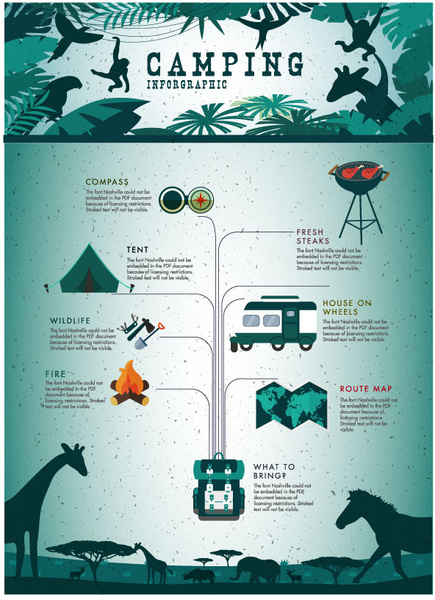Individual lines are important for non-freestanding outdoors tents, offering added stability and assistance past the ability of tent poles and regular risks. They connect to assigned loopholes or attachment points on the outdoor tents or rain fly, and are tensioned to take out drooping textile, enhancing indoor living space and making the sanctuary extra comfortable for campers.
Stability
Man lines enhance a camping tent's structural stability, supplying extra assistance past that of the camping tent poles and stakes. This is especially essential when camping in windy atmospheres. By promoting proper ventilation, man lines also help to prevent condensation within a tent. Particularly, when affixed to the rain fly, they maintain important space in between the wall surfaces of the outdoor tents, which cultivates air flow and minimizes the accumulation of wetness on interior surfaces. To connect an individual line, simply tie one end to the marked loophole or accessory point on the rain fly or tent body, and then safeguard the various other end to your favored anchor point such as a rock, tree, or tent risk.
Weight
Individual lines are an efficient means of reinforcing the structure of an outdoor tents. They are very easy to connect by looping one end through marked loopholes or accessory points on the tent body and rainfall fly, then protecting it to an anchor factor such as a durable stake, rock, or tree. When tensioned, they take out sagging fabric and sagging edges, assisting to boost the general structural integrity of the sanctuary. They likewise promote air flow by keeping the inner outdoor tents and rainfall fly walls different, which promotes a cooler atmosphere within the outdoor tents and insect repellent assists to reduce condensation accumulation. This ultimately boosts campers' comfort level while outdoor camping outdoors.
Flexibility
Unlike freestanding outdoors tents, which can stand separately with their posts, non-freestanding outdoors tents need to be laid or guyed bent on preserve stability and architectural support. This design minimizes the weight of a shelter, and additionally enables greater surface adaptability.
Commonly, a tent's ridgeline and wall surfaces are developed with loopholes or attachment factors for linking to guy lines. The lines can then be tensioned to draw sagging or drooping fabric back into form and develop a stronger, much more durable framework.
On top of that, guy lines are essential for promoting proper ventilation inside the camping tent. By separating the rain fly from the mesh tent body, they enable air to distribute freely throughout the shelter, decreasing humidity and condensation on interior surface areas. This ultimately contributes to a more comfy and enjoyable camping experience. For an extra efficient setup, consider purchasing a collection of man line insurers, which allow you to easily increase or decrease tension as required.
Longevity
If an outdoor tents is properly staked out with individual lines, it can sustain winds a lot more significantly than an equivalent sanctuary without guy lines. Additionally, they are instrumental in promoting tent air flow. For instance, affixing a rain fly to the individual lines keeps it divided from the outdoor tents body, avoiding hot air from accumulating on the inner walls and ceiling of the camping tent.
The most effective way to protect a guy line is to feed one end of the line with a designated loop or accessory factor on the tent or rain fly, after that tie it around the anchor factor. A high quality anchor need to be made from a sturdy product, such as timber or steel, and placed straight vertical to the line to promote the best bond.
